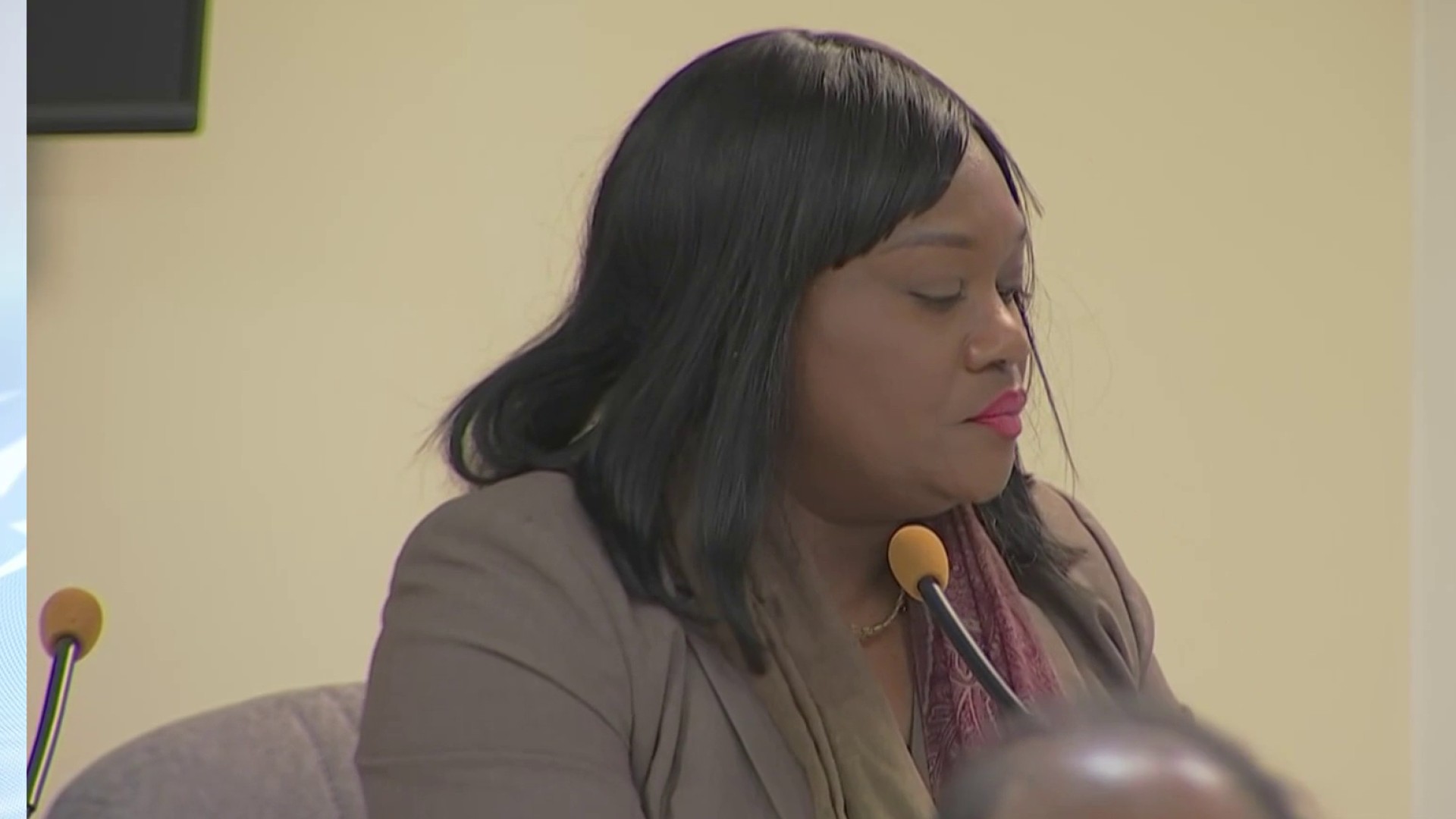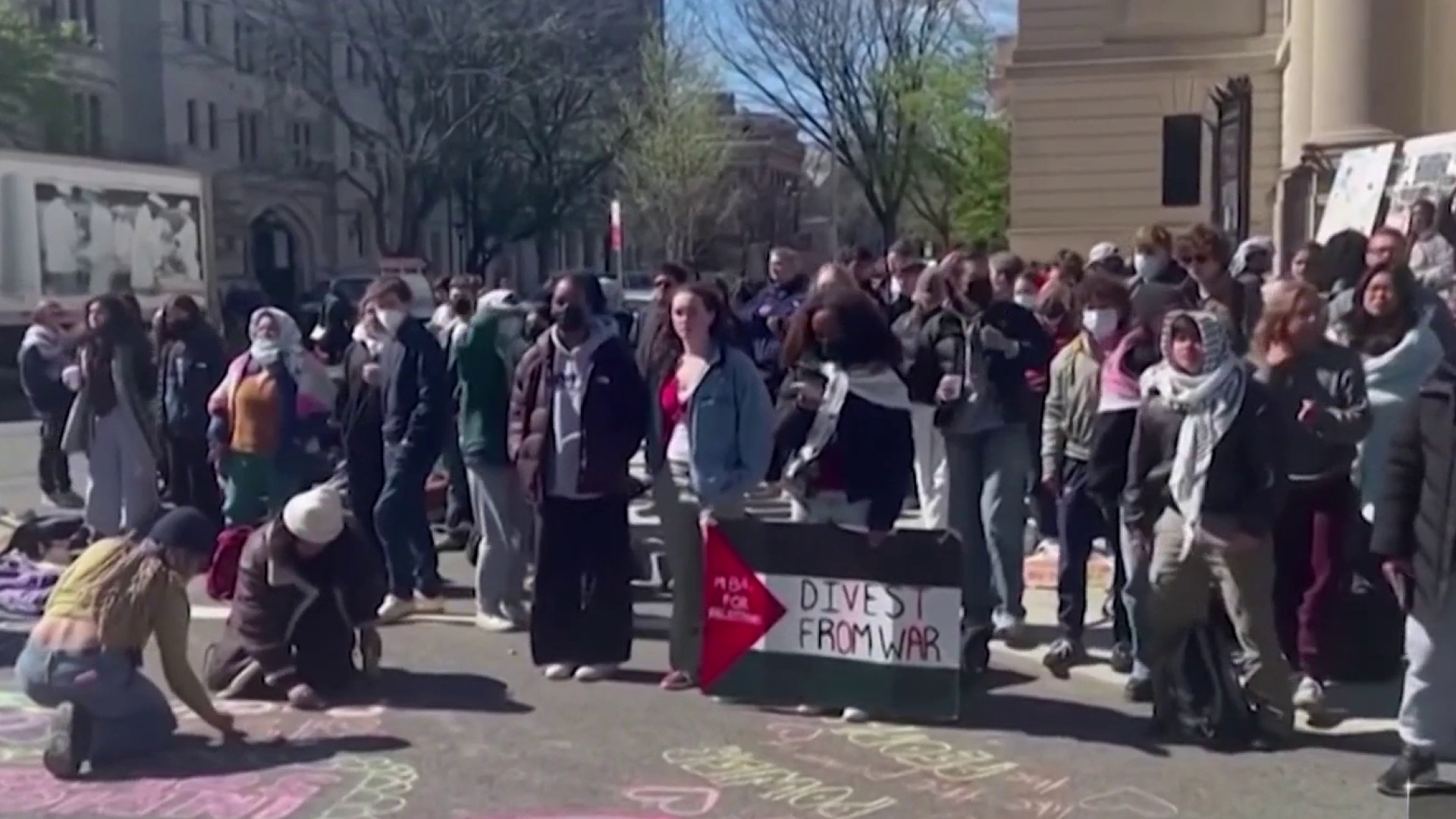Green Bay Packers offensive lineman Josh Sitton is a tough competitor in a tough sport, blocking big defenders and taking heavy hits week after week. But the men and women Sitton considers tough are the wounded warriors he trained with throughout the summer at a Florida Panhandle rehabilitation center.
Since 2010, more than 300 injured military members from all branches of service have received care alongside college and pro athletes at Athletes Performance, an injury rehabilitation center. It's connected to the Andrews Institute, a sports-medicine hospital founded by Dr. James Andrews. He's been the surgeon of choice for decades for top professional athletes including Michael Jordan, Adrian Peterson and Robert Griffin III.
Sitton underwent offseason conditioning there.
"It is amazing to see their work ethic," Sitton said of the injured military personnel he trained with. "It is an inspiration when you see a guy who has had half of his leg blown off working next to you. It makes you do more."
Former San Francisco 49er linebacker Alex Lincoln, now a vice president for Athletes Performance, said working with injured veterans has given him a deeper appreciation of the high-quality medical care that comes with being a professional athlete.
"I was given so much and I played a game. I feel like it is our duty to make sure that we provide those same expectations to people who don't play a game, who go out to very dangerous places on our behalf," he said.
One of the patients was Lt. Col. Jose Enrique Melendez, who served seven deployments to Iraq and Afghanistan before becoming commander of the Army's Golden Knights parachute demonstration team. While preparing for the team's 2013 season in February, Melendez had a hard landing, hitting the ground at more than 20 mph. He broke his leg, pelvis and numerous vertebrae. After months of surgery and rehabilitation at Walter Reed Army Medical Center and elsewhere, he faced a medical discharge and the end of his career.
Local
Breaking news and the stories that matter to your neighborhood.
"Unfortunately at Walter Reed there is just an overwhelming number people they have to care for," Melendez said. Military hospitals excel at treating traumatic injuries when they first happen, but finding the right longer-term recovery care can be difficult for injured soldiers, sailors and Marines, he said.
After months of very slow progress, Melendez began to ask where professional athletes are treated and what, if anything, he could do to return to the air. A friend told him that Athletes Performance is now rehabilitating injured members of the military through the nonprofit Eagle Fund.
Melendez arrived at the center last summer.
"I had a physical therapist that was on me all day. I had two workouts a day," Melendez said. He used specialized equipment, including a treadmill that works inside a pool to help ease the stress on joints. Melendez said the guidance from his nutritionist about foods that would help him recover and build muscle was especially helpful.
"The whole thing just made a world of difference," he said.
After six weeks of therapy, he walked on his own and began training in a wind tunnel to return to skydiving. He plans to make his first post-injury jump this month.
Not all military rehabilitation stories are as successful as Melendez's, said Russell Orr, an athletic trainer at the center and a former strength and conditioning trainer for the New York Yankees. But he said all of them are just as inspirational. Orr said the injured vets are humble and grateful for the help, and will offer to assist trainers with moving equipment and other drudgery that professional athletes would expect staff members to do for them.
And Orr said the military members are taught to tough out injury, which can lead to further injury in the long run. Orr likened his job to cooking, the way a chef tastes the food to gauge progress.
"The professional athlete will definitely tell you if you have overcooked them," he said. "The military guy will keep saying 'I'm good.'"
The military personnel, many of them amputees, sometimes gauge success by being able to carry their child or live without constant pain that can make them irritable with their families.
"If you are wrapped up by saying 'Man, I train this star,' that can definitely change your attitude," Orr said.
Athletic trainer Tyler Wilkins said professional athletes are often fans of the military members just as much as the military members are fans of the athletes.
"The military guys will come here and if there is a pro guy or a college guy they will ask if that is so and so. You can tell that they are kind of a fan of the athlete, but when the athlete interacts with them, when they are in the same group or same room, every time I've noticed the athlete is entirely humbled in the presence of the military guy," Wilson said.
The plan is to expand the program under a new name, The Comeback Initiative, to include injured police officers, firefighters and other first-responders at Athletes Performance facilities nationwide.
Melendez hopes to bring more of his injured Army buddies. He has already helped to get three into the program.
"It felt like we were all one big team here. It was pretty cool because of course you are all here for different reasons," he said. "They were getting ready for the NFL and I was getting ready for my season, which is going back to the Army."



